The resolution on the investment policy for the high-speed railway project on the North-South axis, after more than 15 years on the agenda, reached a high consensus among National Assembly delegates on the afternoon of November 30.
Investing more than 1.7 million billion VND to build a 350km/h railway from North to South
According to the resolution just passed, the National Assembly decided on the investment policy of the North-South high-speed railway project (the Project) with a preliminary total investment of more than 1.7 million billion VND from the State budget and other legal capital sources, implemented in the form of public investment.
The progress agreed by the National Assembly is to prepare a feasibility study report from 2025 and strive to basically complete the Project by 2035.
The North-South high-speed railway has a total length of about 1,541km, starting at Ngoc Hoi station ( Hanoi ) and ending at Thu Thiem station (HCMC).
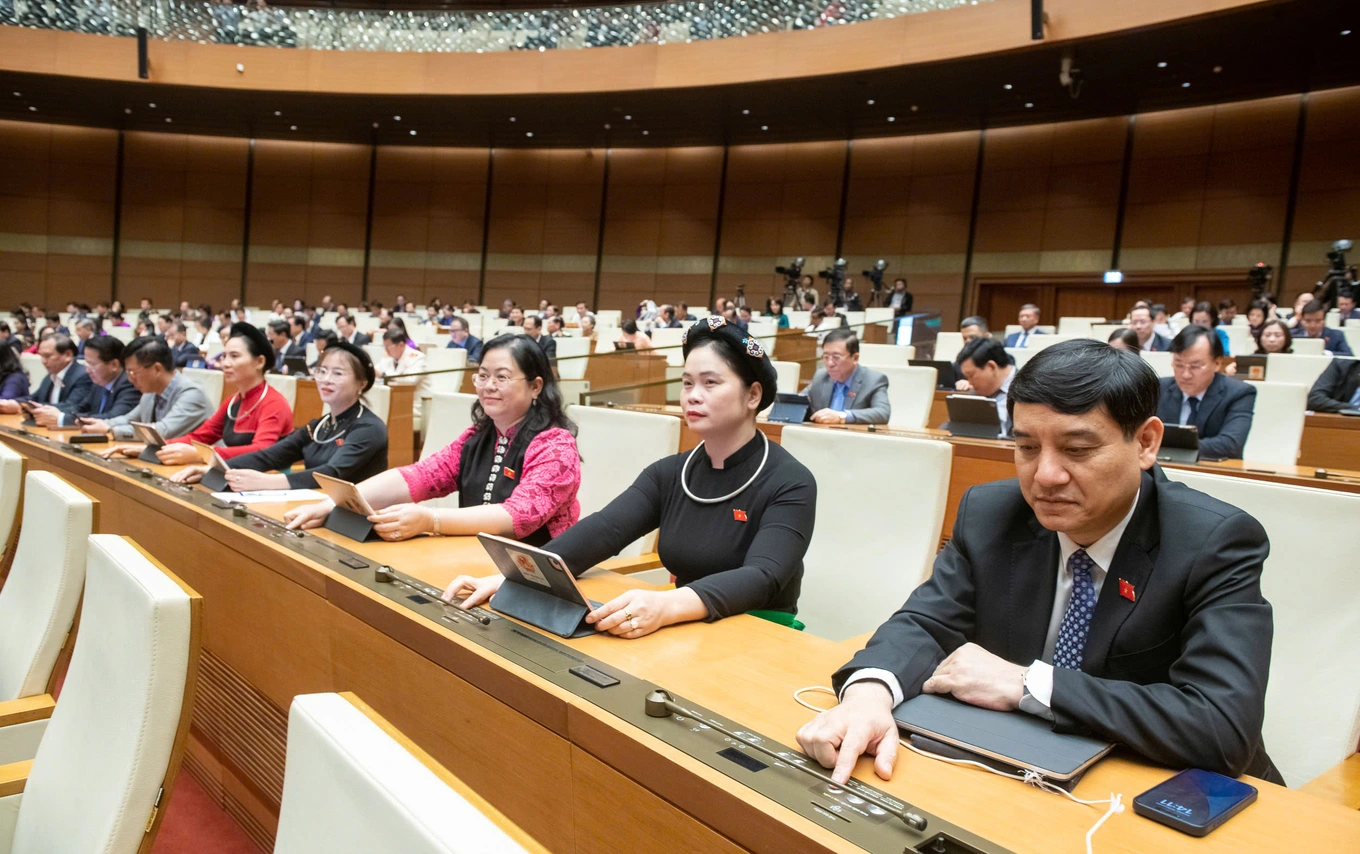
The project passes through 20 provinces and centrally-run cities including: Hanoi, Ha Nam, Nam Dinh, Ninh Binh, Thanh Hoa, Nghe An, Ha Tinh, Quang Binh, Quang Tri, Hue, Da Nang, Quang Nam, Quang Ngai , Binh Dinh, Phu Yen, Khanh Hoa, Ninh Thuan, Binh Thuan, Dong Nai, Ho Chi Minh City.
With the new investment in a 1,435mm gauge double-track line, the North-South high-speed railway has a design speed of 350km/h, designed to transport passengers, meet dual-use requirements for national defense and security, and can transport goods when necessary. Along the route, there are 23 passenger stations and 5 freight stations.
According to preliminary calculations, the total land use demand of the Project is about 10,827 hectares, including: rice land about 3,655 hectares, forestry land about 2,567 hectares and other types of land about 4,605 hectares. The preliminary resettled population is about 120,836 people.
The National Assembly also decided on many specific mechanisms and policies in implementing investment in the North-South high-speed railway.
That is, during the implementation of the Project, the Prime Minister is allowed to decide to issue Government bonds to supplement the annual investment plan and budget for the Project in case the annual State budget does not meet the progress.
The Prime Minister also decides to mobilize ODA capital and foreign preferential loans to implement the Project without having to prepare a project proposal to use the capital.
The Head of Government is authorized to decide on the use of annual revenue increases and savings from the central budget (if any) and other legal sources of capital for the Project in case the annual State budget estimate does not meet the progress. The use of revenue increases and savings does not have to be implemented in the order of priority as prescribed by the law on the State budget.
Localities are allowed to keep 50% of the revenue from the land exploitation fund in the vicinity of railway stations.
Regarding the development, exploitation of land funds and added value from land in the vicinity of high-speed railway stations, the provincial People's Committee is allowed to decide on planning, architecture, technical infrastructure, and social infrastructure indicators; adjust the function of using land in the vicinity of railway stations to exploit land funds and added value from land.
Regarding the amount of money collected from exploiting land funds in the vicinity of high-speed railway stations, the provincial local government is allowed to retain 50% and pay 50% to the central budget to balance the state budget for investment in the project.
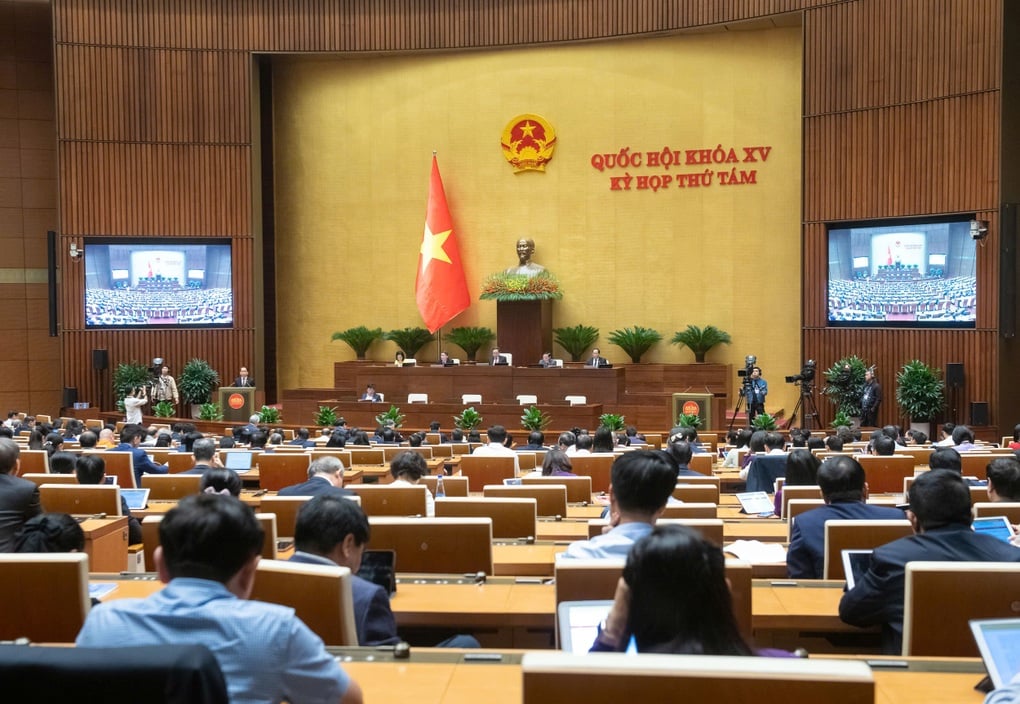
Regarding the authority to decide on adjusting investment policies and projects, during the time the National Assembly is not in session, the National Assembly authorizes the National Assembly Standing Committee to consider and decide on adjusting investment policies of the Project, except in cases of increasing the total investment.
The National Assembly assigned the Government to be responsible for organizing the implementation and management of the Project investment to ensure progress and quality; managing and using capital and resources economically and effectively, and preventing corruption, waste and negativity.
During the operation and exploitation process, based on proposals from localities, the Prime Minister decided to invest in adding a number of station locations in urban areas with high transportation demand.
In the previous report, Chairman of the Economic Committee Vu Hong Thanh said that there was a proposal to add the scope of the Project to extend from Lang Son to Ca Mau Cape and to divide the implementation into phases.
The National Assembly Standing Committee said that the Railway Network Planning for the 2021-2030 period, with a vision to 2050, has identified the development of new railway routes from Lang Son to Can Tho, including 3 sections: Lang Son (Dong Dang) - Hanoi, Hanoi - Ho Chi Minh City, Ho Chi Minh City - Can Tho to connect dynamic regions, urban areas, major economic centers and ensure national defense and security on the North - South economic corridor.
Because the railway sections from Lang Son to Can Tho have different transportation needs, the technical standards and types of railways are also different and are researched and invested in according to independent projects, suitable for the transportation needs of each section and the ability to mobilize resources.
In particular, the National Assembly Standing Committee said that the 156km Lang Son - Hanoi section is a standard railway, with detailed planning being studied and expected to be invested before 2030.
The Hanoi – Ho Chi Minh City section is 1,541km long, a high-speed railway, striving to start construction in 2027; and the Ho Chi Minh City – Can Tho section is 174km long, a standard railway, being prepared for investment, expected to be implemented before 2030.
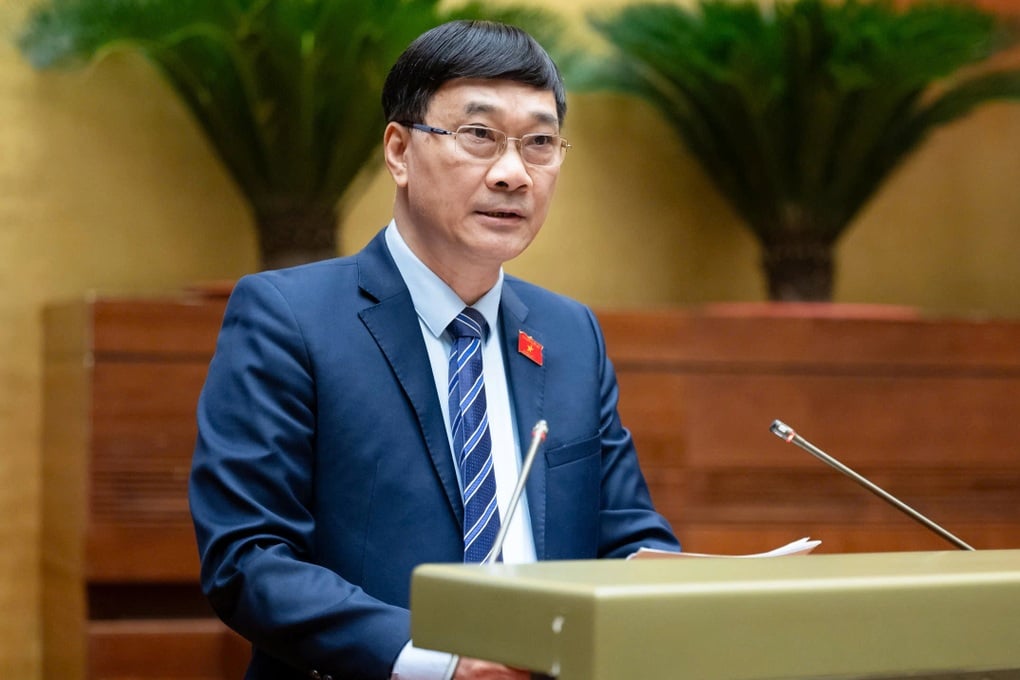
Regarding the socio-economic and financial efficiency of the project, the National Assembly Standing Committee believes that railway projects bring great efficiency to the economy, however, the revenue calculated to recover capital for the project mainly comes from transportation revenue and commercial exploitation to balance the costs of operating, maintaining vehicles, maintaining infrastructure and paying infrastructure fees to the State.
Accordingly, in the first 4 years of operation, revenue can only cover the costs of operating and maintaining vehicles, so the State needs to support a part of the economic capital allocated to the railway system as it is now, to maintain the infrastructure.
The North-South high-speed railway is built to meet transportation needs, create an important driving force for rapid and sustainable socio-economic development, promote advantages on the North-South economic corridor, ensure effective connection between the East-West corridors and countries in the region.
Dantri.com.vn
Source: https://dantri.com.vn/xa-hoi/quoc-hoi-quyet-dau-tu-hon-17-trieu-ty-dong-xay-duong-sat-toc-do-cao-20241130131351072.htm



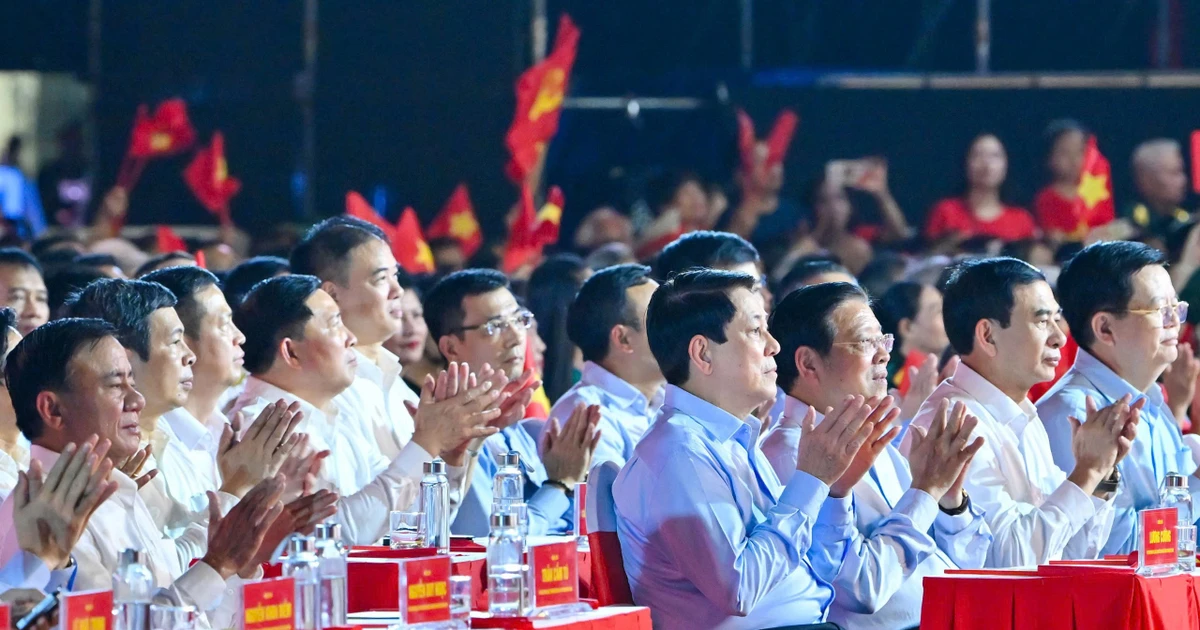
![[Photo] President Luong Cuong attends special political-artistic television show "Golden Opportunity"](https://vstatic.vietnam.vn/vietnam/resource/IMAGE/2025/8/22/44ca13c28fa7476796f9aa3618ff74c4)
![[Photo] President Luong Cuong receives delegation of the Youth Committee of the Liberal Democratic Party of Japan](https://vstatic.vietnam.vn/vietnam/resource/IMAGE/2025/8/22/2632d7f5cf4f4a8e90ce5f5e1989194a)


![[Photo] Prime Minister Pham Minh Chinh chairs the conference to review the 2024-2025 school year and deploy tasks for the 2025-2026 school year.](https://vstatic.vietnam.vn/vietnam/resource/IMAGE/2025/8/22/2ca5ed79ce6a46a1ac7706a42cefafae)
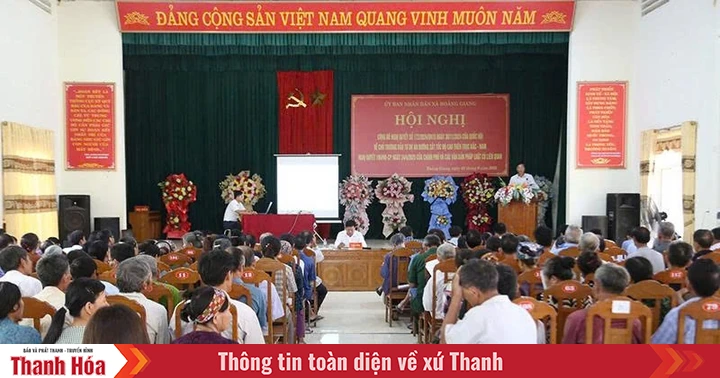



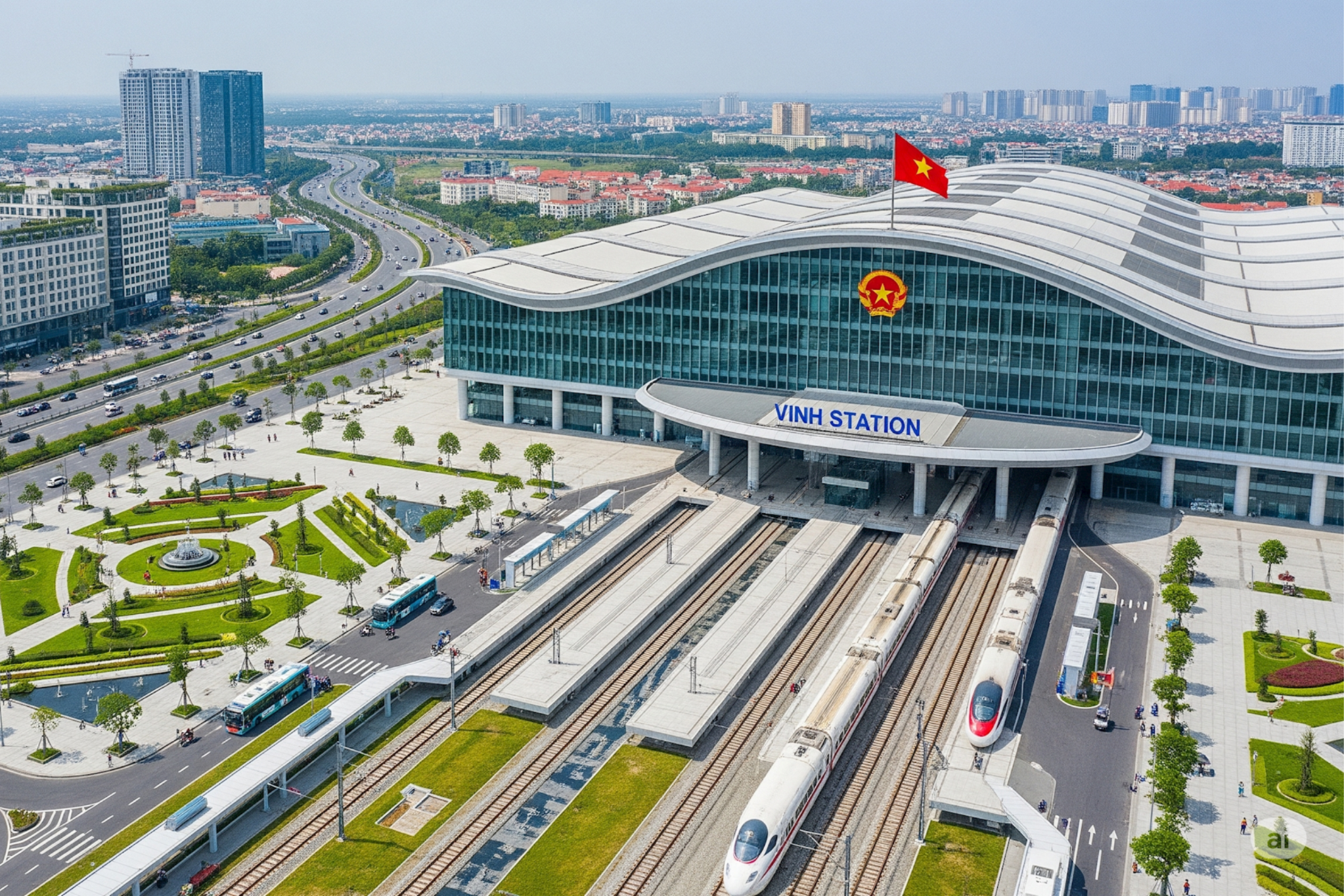

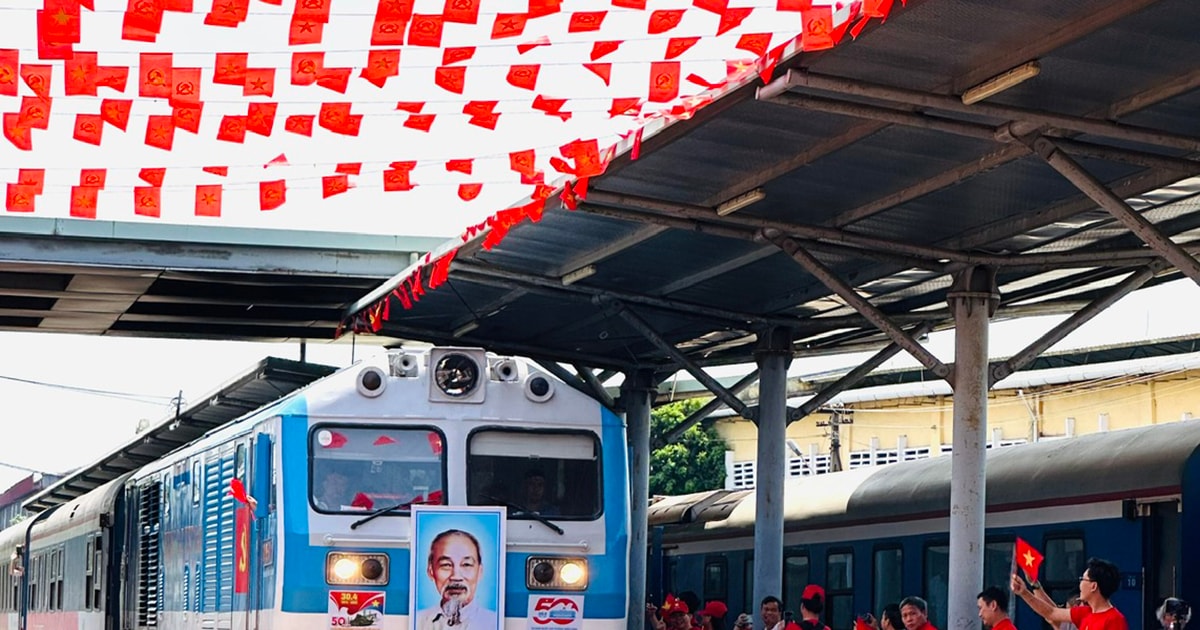

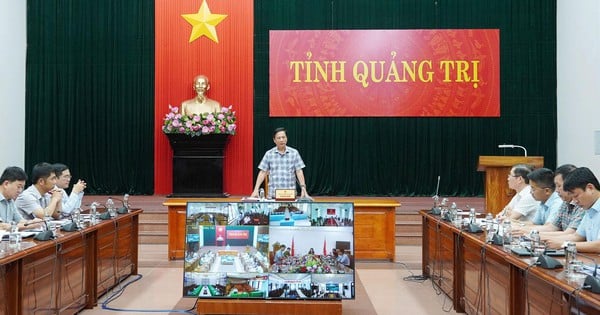





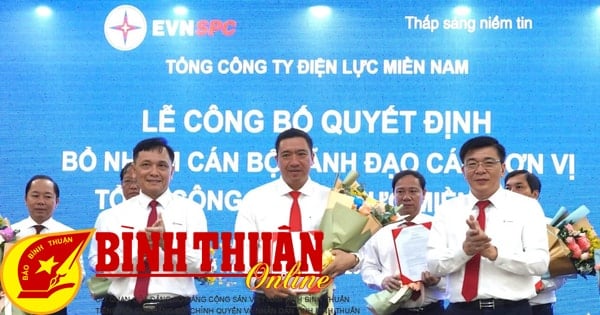
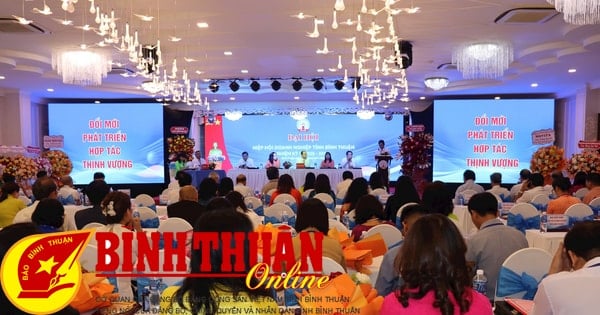


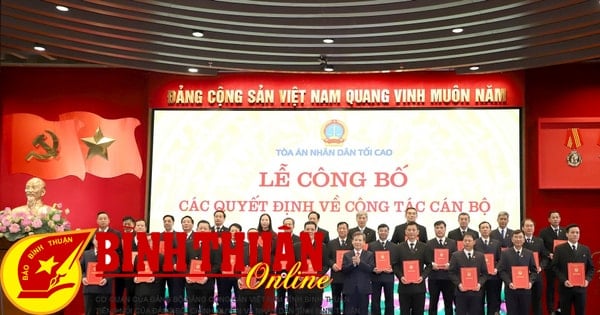




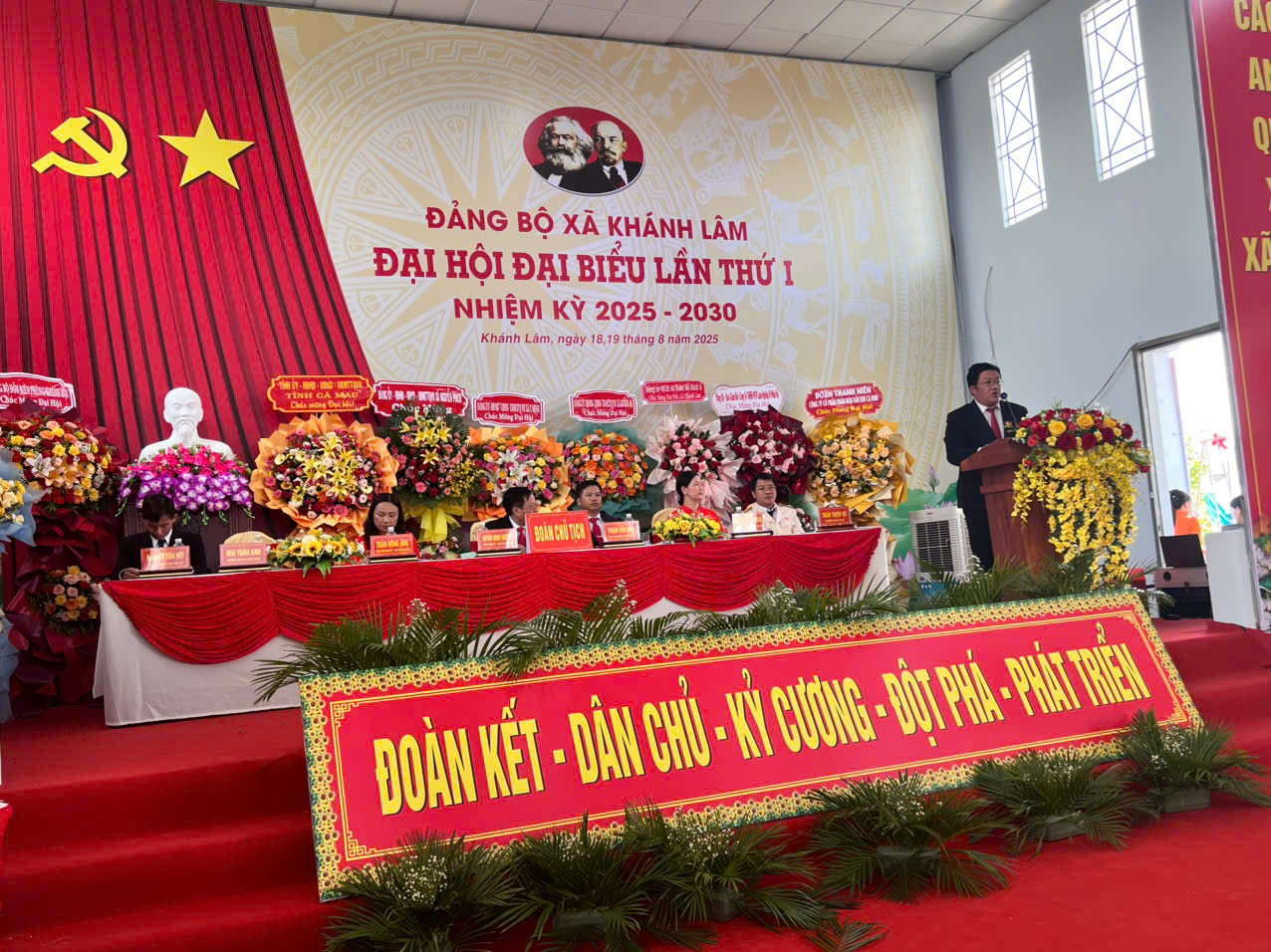
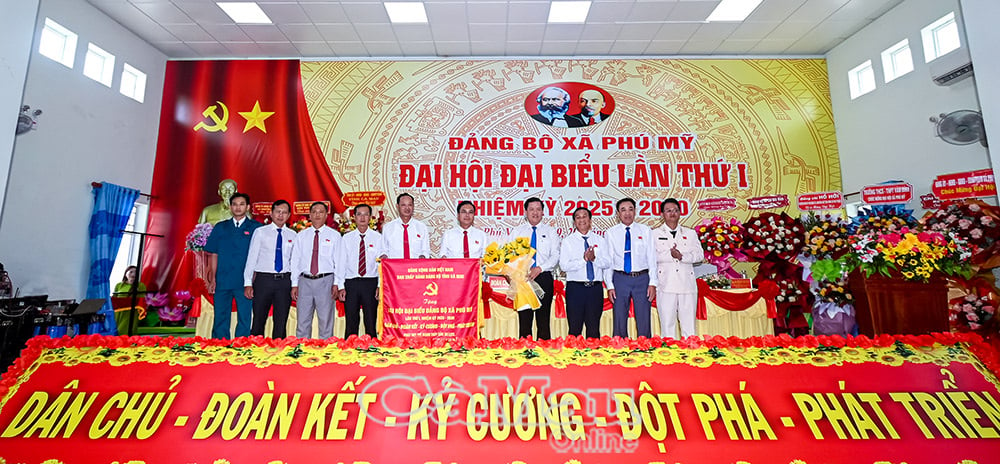
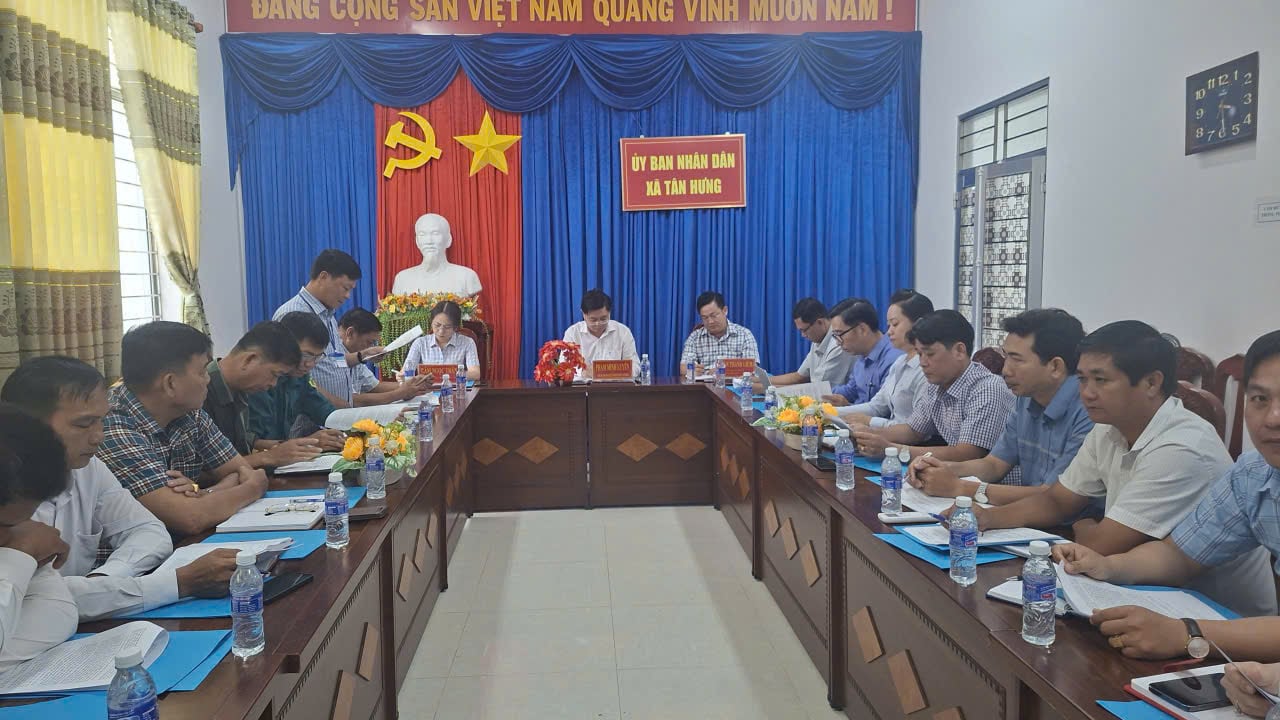
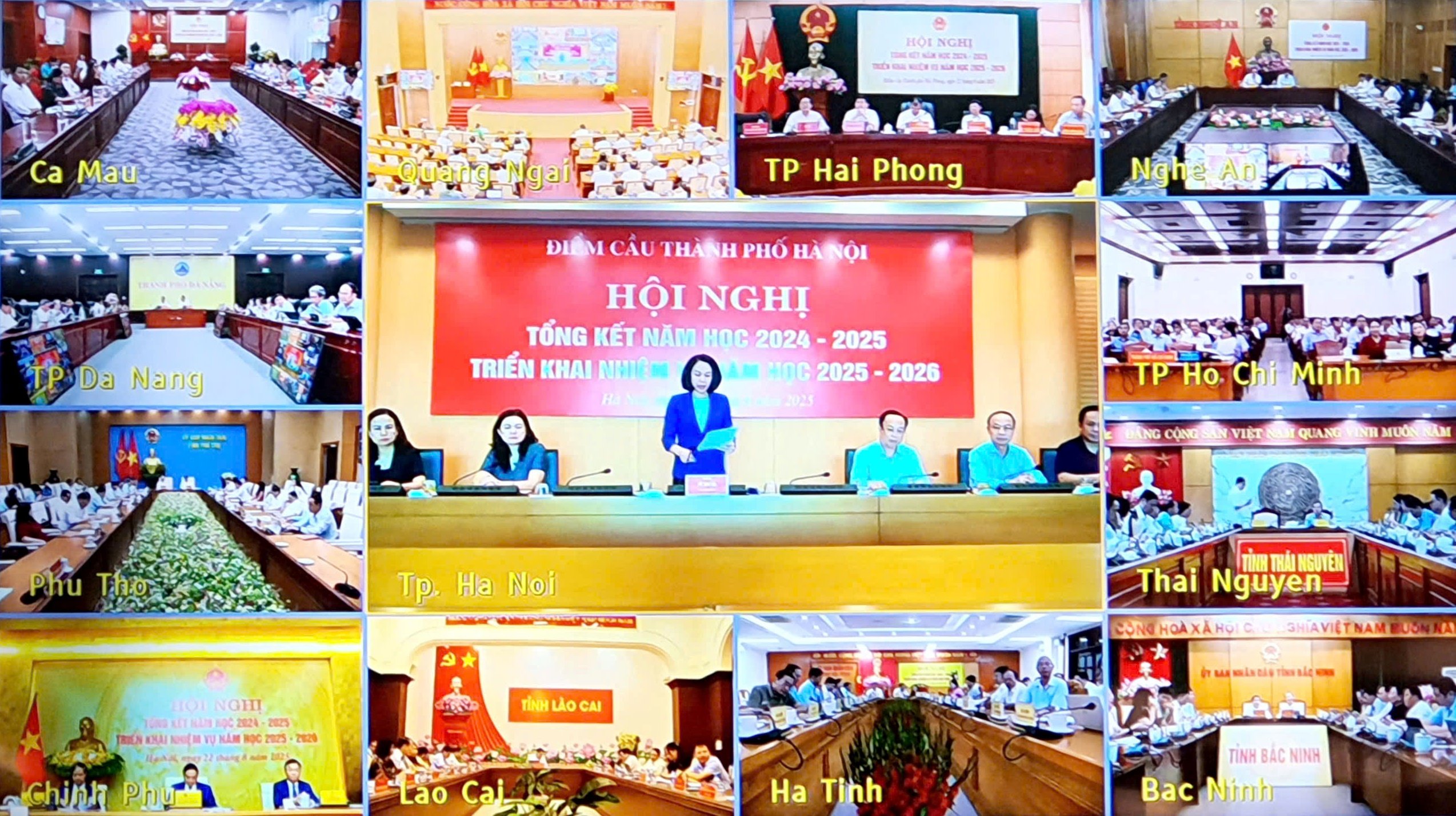
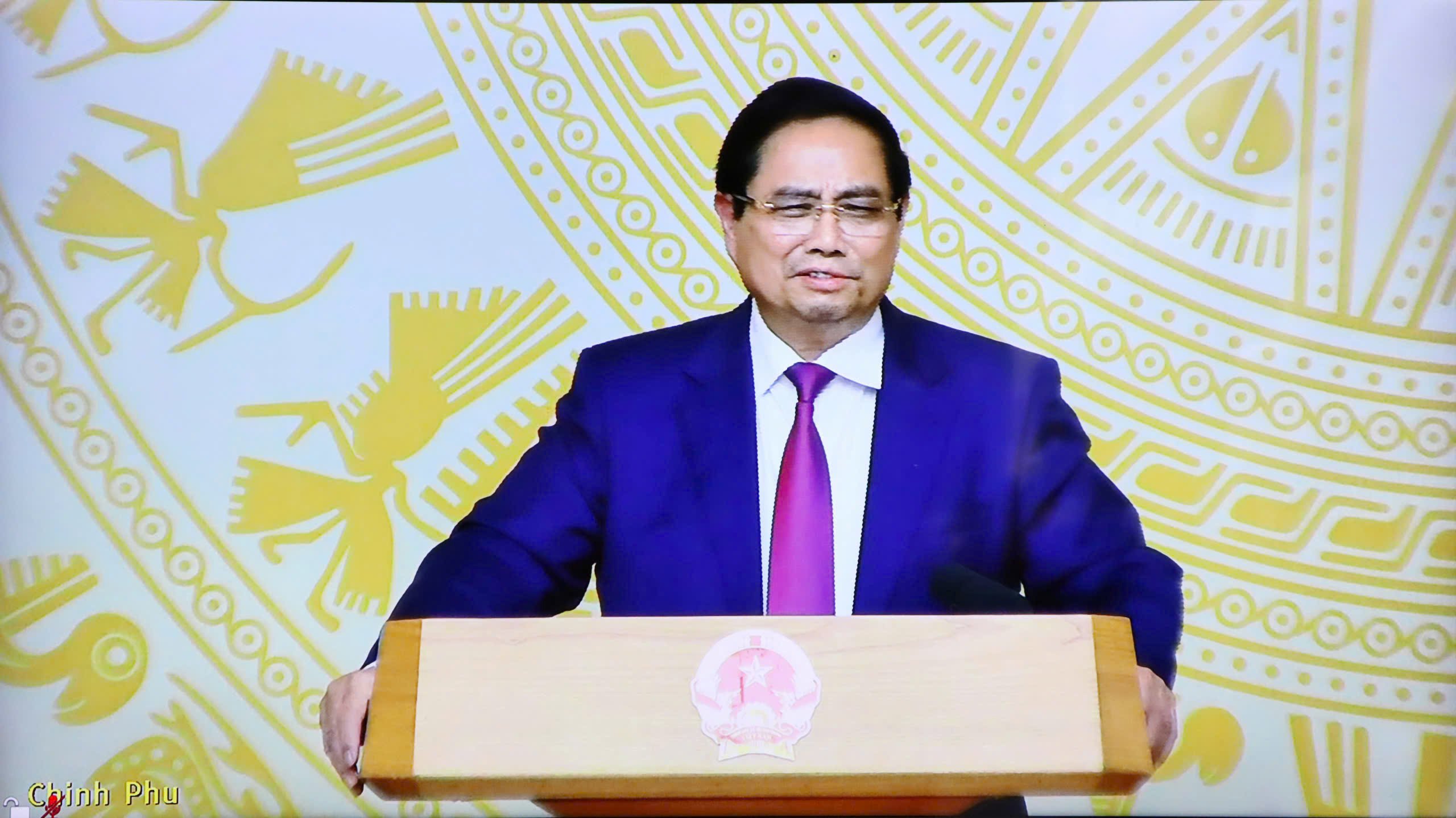
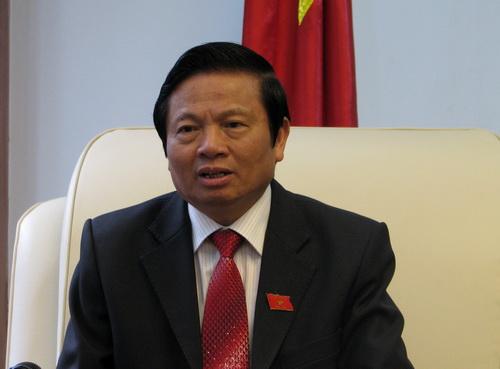


























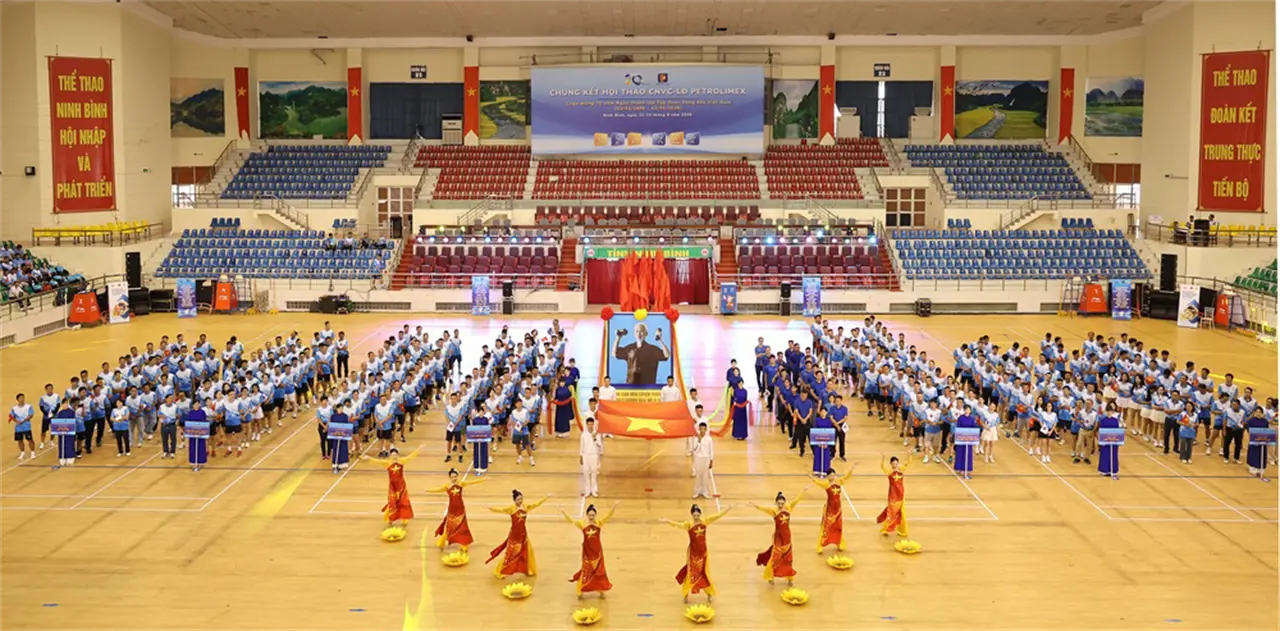







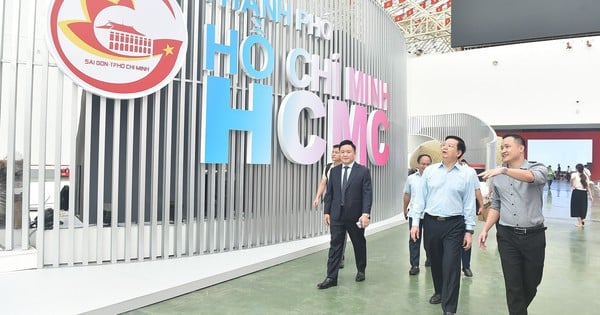

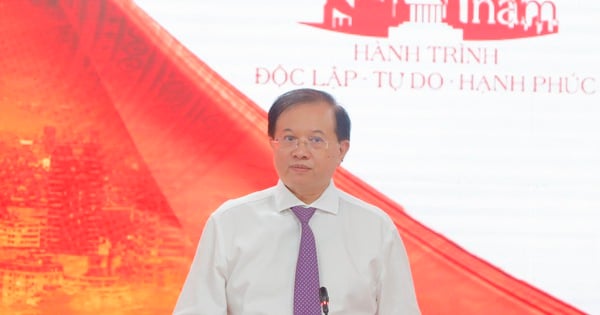
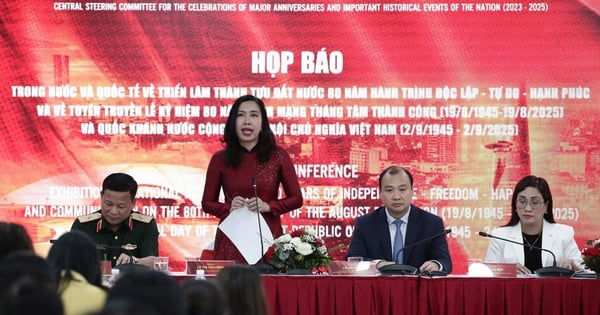
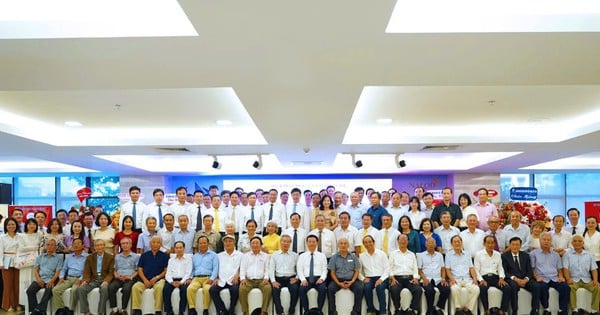

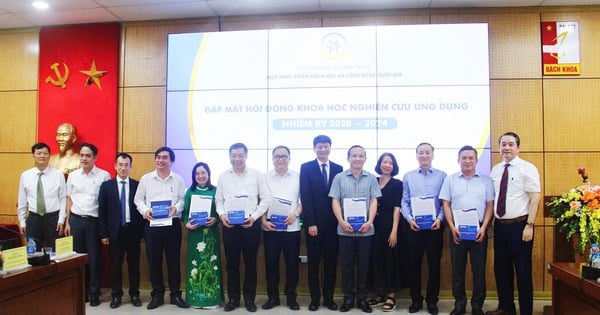
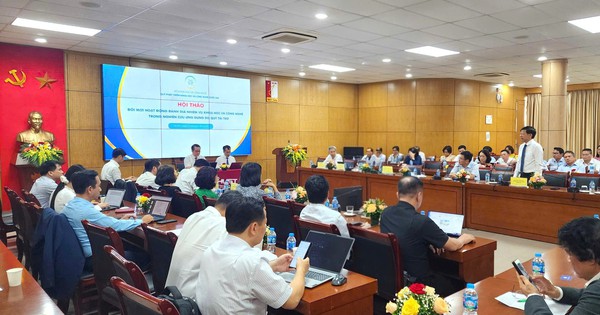
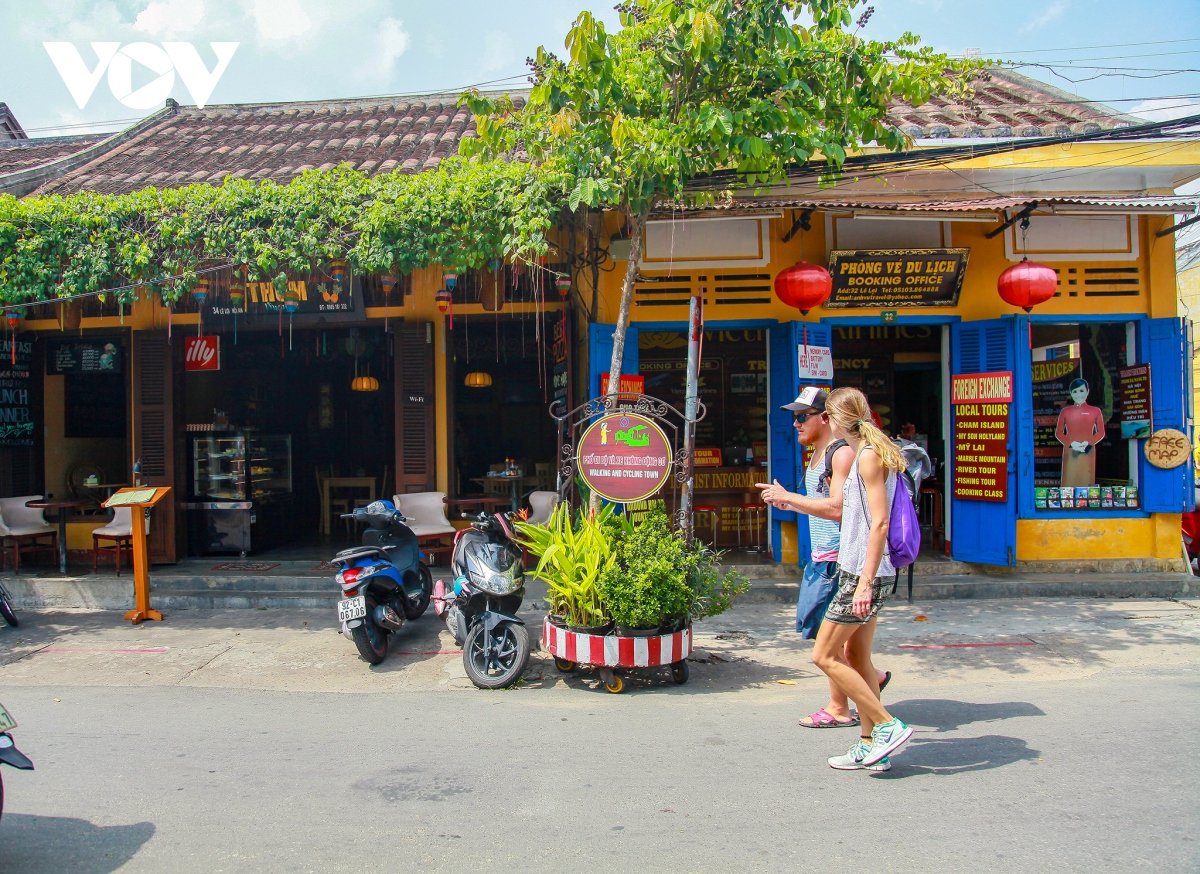

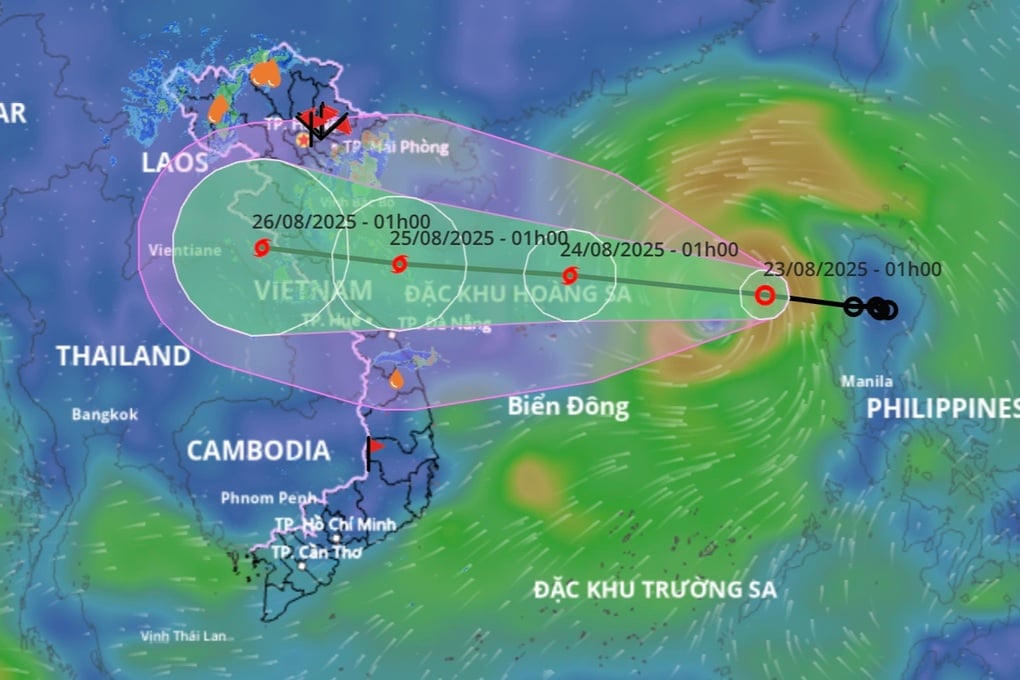
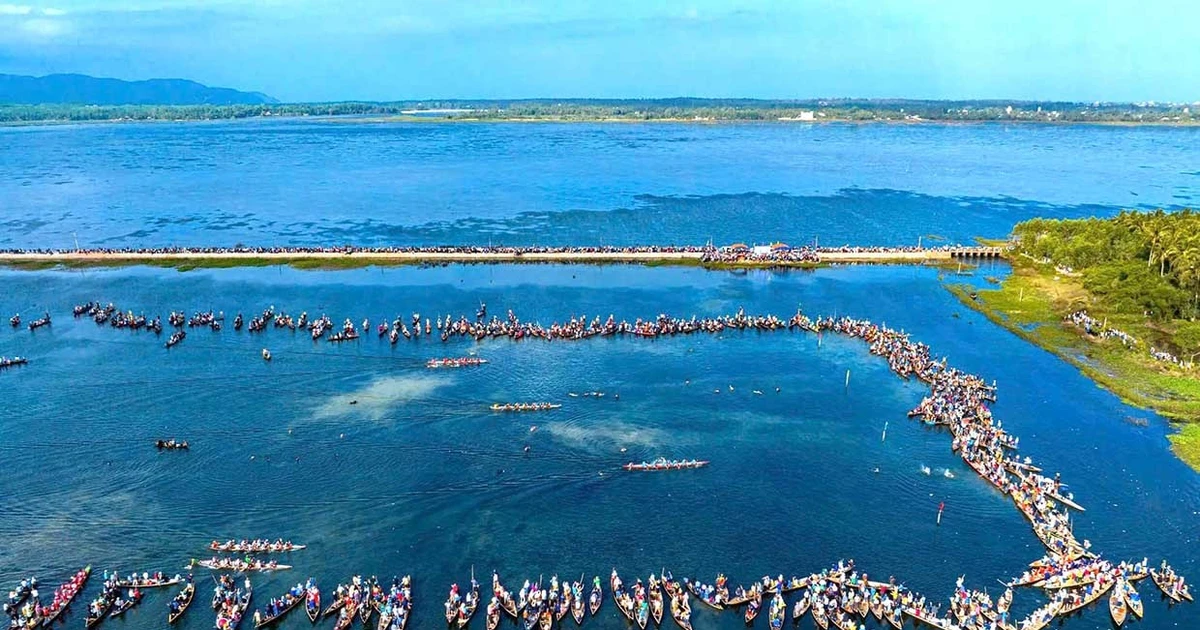

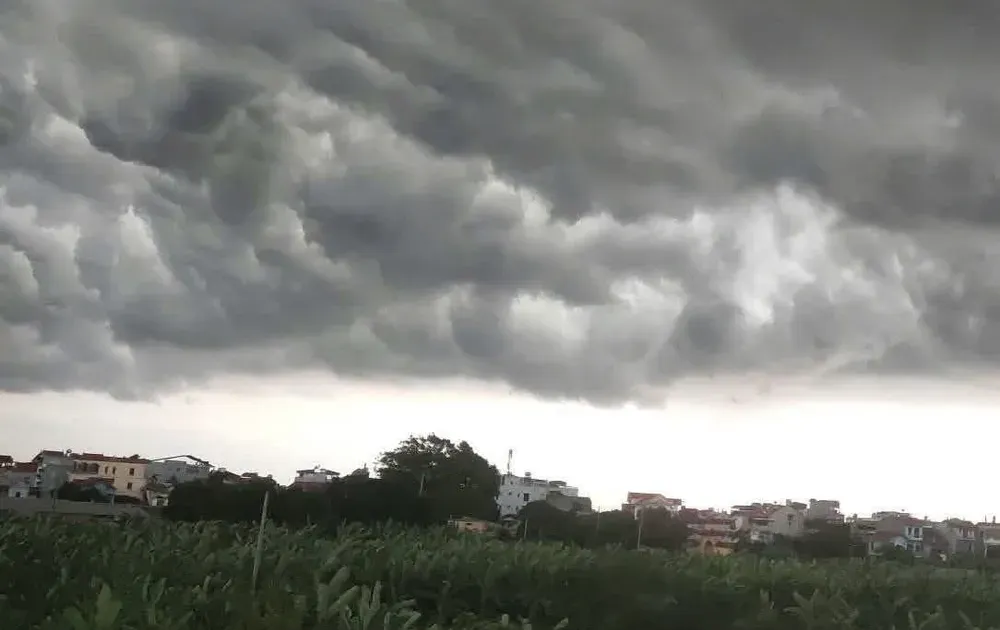
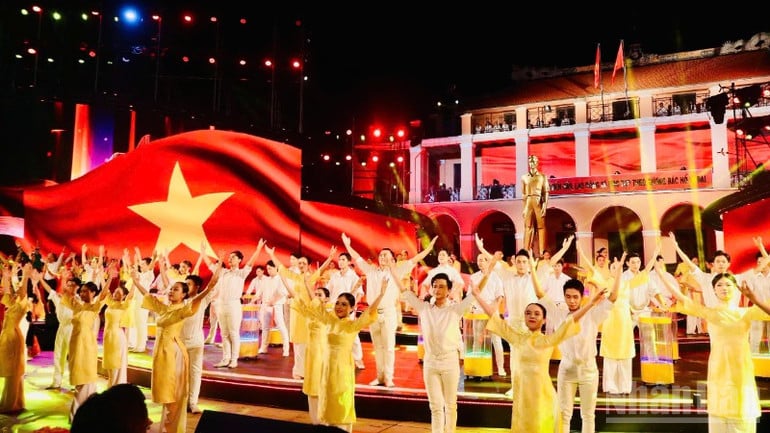
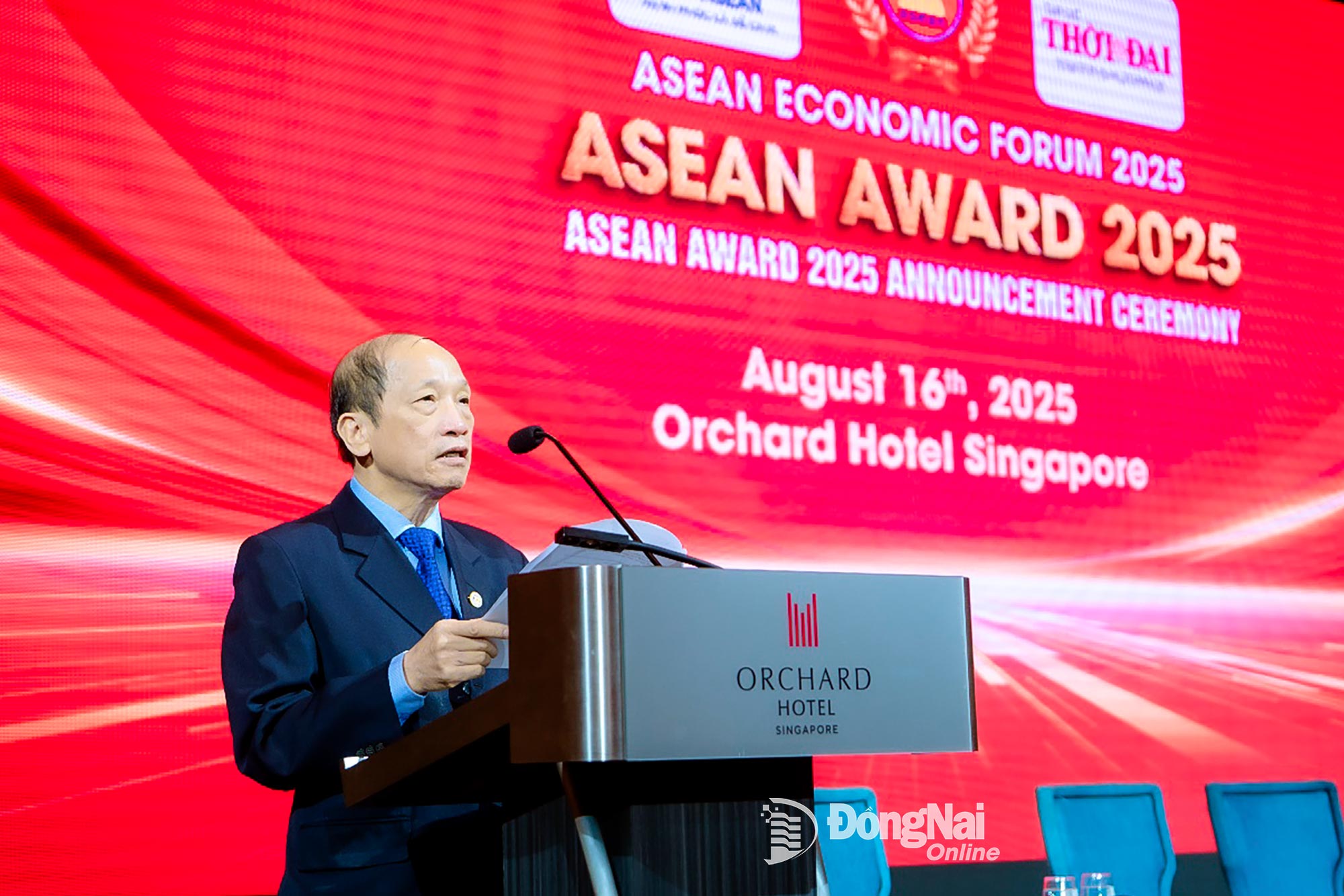
















Comment (0)